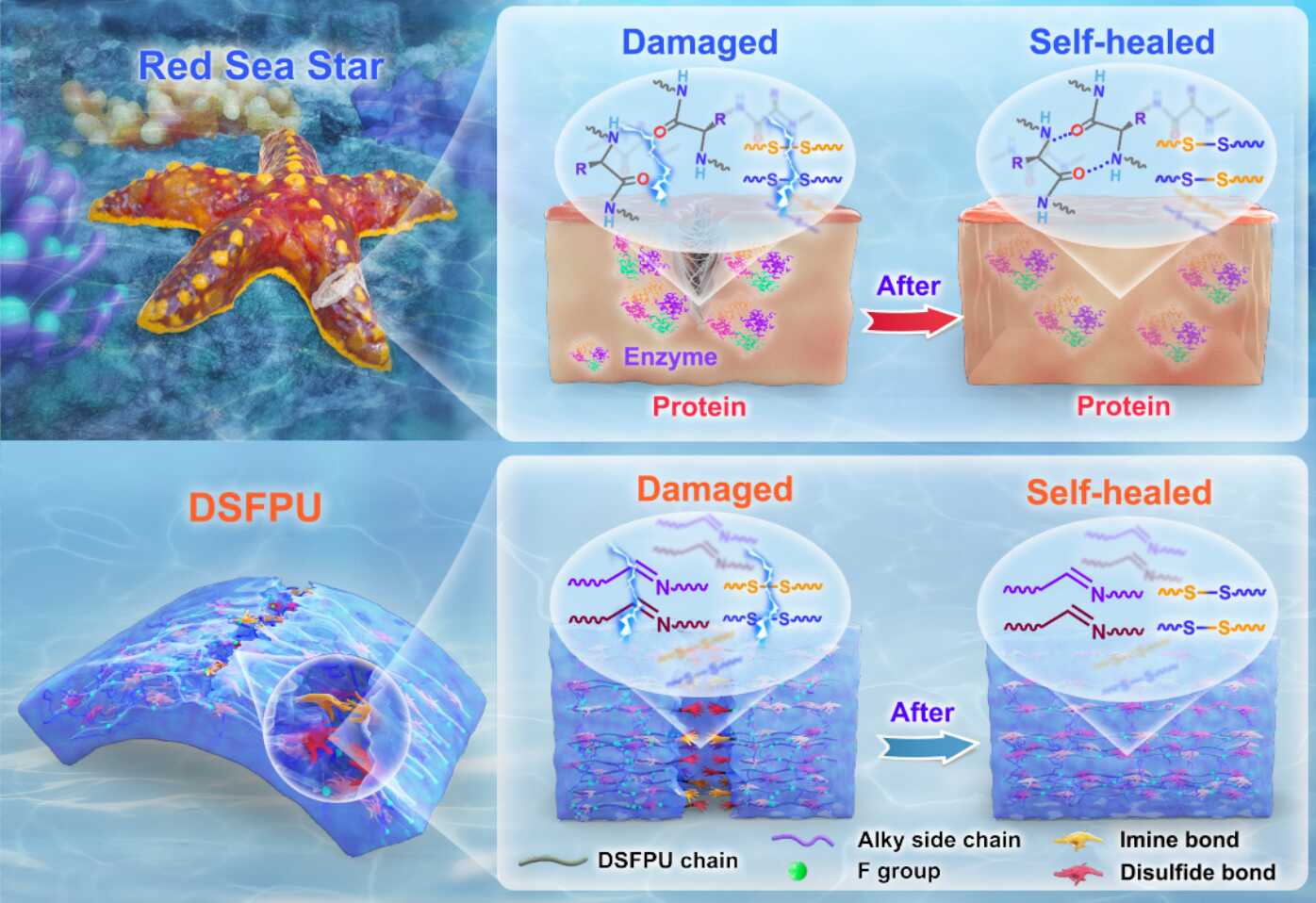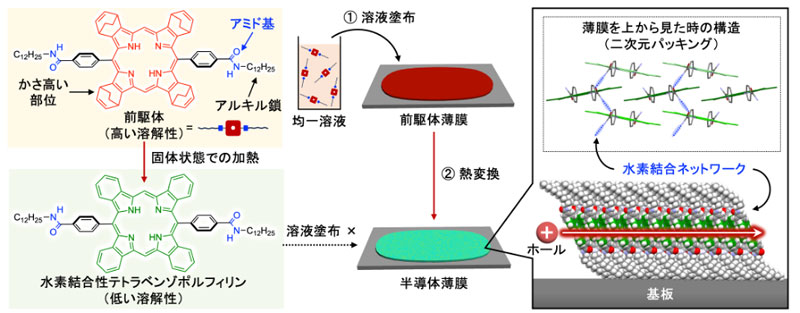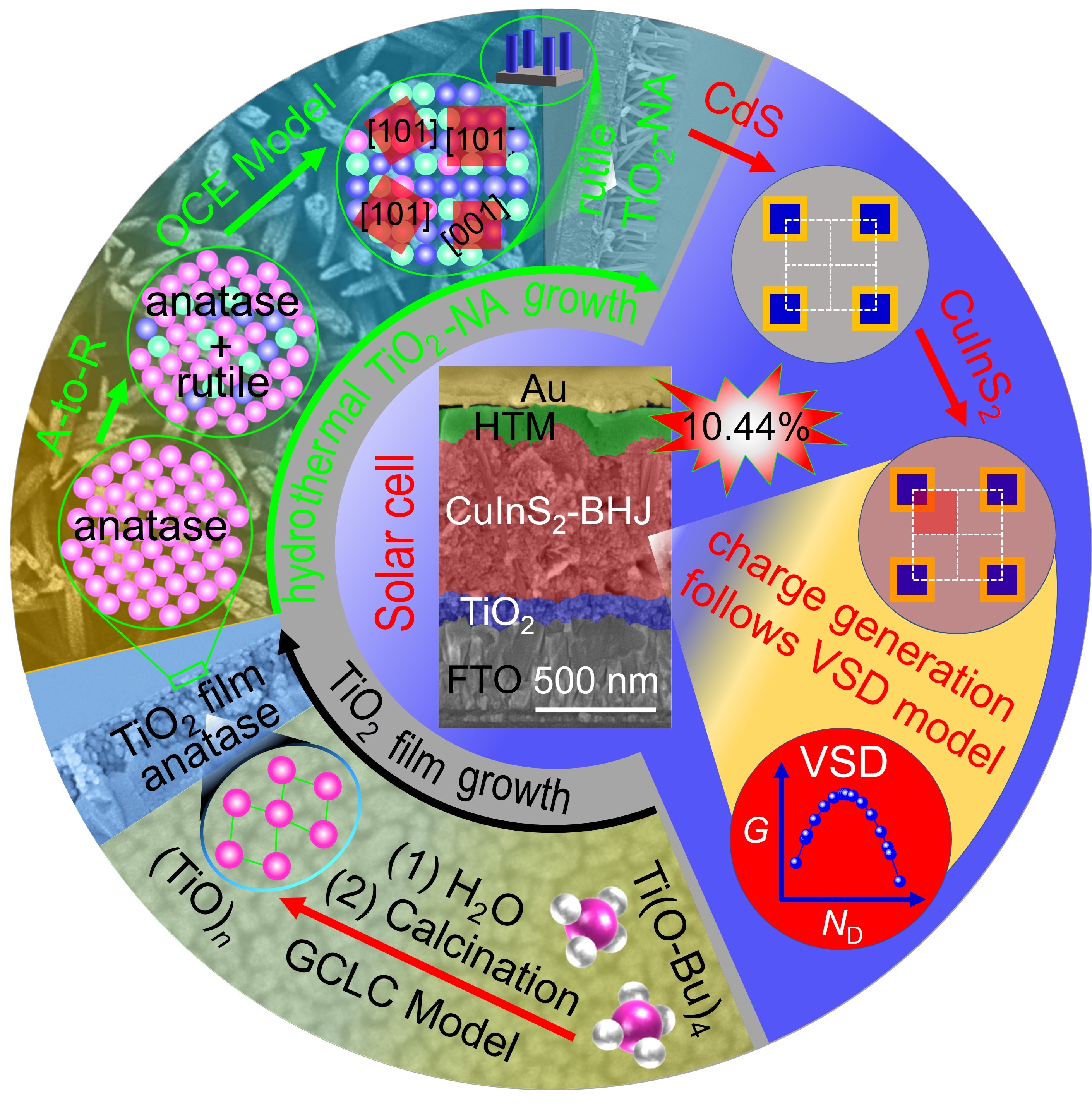2025-05-15 中国科学院(CAS)

The red sea star-inspired self-healing polyurethane (Image by NIMTE)
<関連情報>
- https://english.cas.cn/newsroom/research_news/chem/202505/t20250516_1043755.shtml
- https://pubs.acs.org/doi/10.1021/acs.macromol.4c03007
紅海ヒトデから着想を得た、二重疎水性ユニットとタンデム動的結合に基づく迅速な水中自己修復ポリウレタン Red Sea Star-Inspired, Rapid Underwater Self-Healing Polyurethane Based on Dual Hydrophobic Units and Tandem Dynamic Bonds
Fenglong Li,Haofeng Qiu,Chao Chen,Xiaolin Wang,Minghui Cui,Shijie Qiu,Kyung Jin Lee,Jing Chen,Wu Bin Ying,and Jin Zhu
Macromolecules Published: April 25, 2025
DOI:https://doi.org/10.1021/acs.macromol.4c03007
Abstract
Red sea stars exhibit an extraordinary underwater self-healing capability driven by fibrinolytic enzyme secretion, enabling survival in challenging marine environments. Inspired by this biological mechanism, we developed a polyurethane (DSFPU-3) capable of rapid underwater self-healing. By integrating dual hydrophobic units (alkyl side chains and fluorine groups) with tandem dynamic bonds (disulfide and imine bonds), DSFPU-3 achieved a water contact angle of 99.3° and maintained stable microphase structures and micromorphology even after 4-day water soaking. The synergistic effect of hydrophobic units and dynamic bonds enabled self-healing at a speed exceeding 33.33 μm/h, achieving 98% efficiency and allowing the material to endure significant mechanical stress post-healing. Small-molecule modeling experiments and rheological analyses validated the bond exchange mechanisms of the tandem dynamic bonds, underscoring their critical role in accelerating the self-healing process. This study presents a novel strategy for fabricating rapid underwater self-healing polyurethanes, representing a significant advancement in their application under aquatic conditions.



